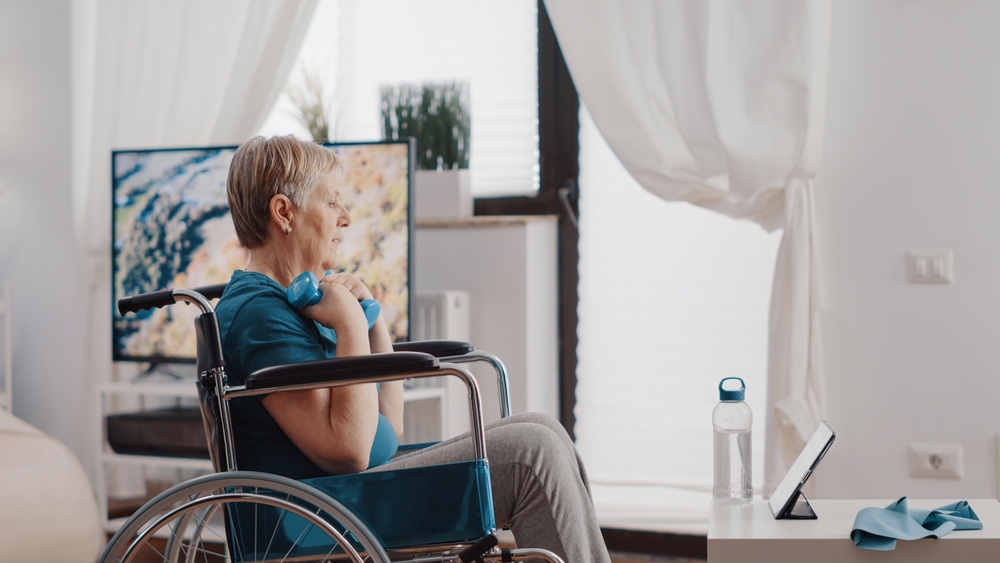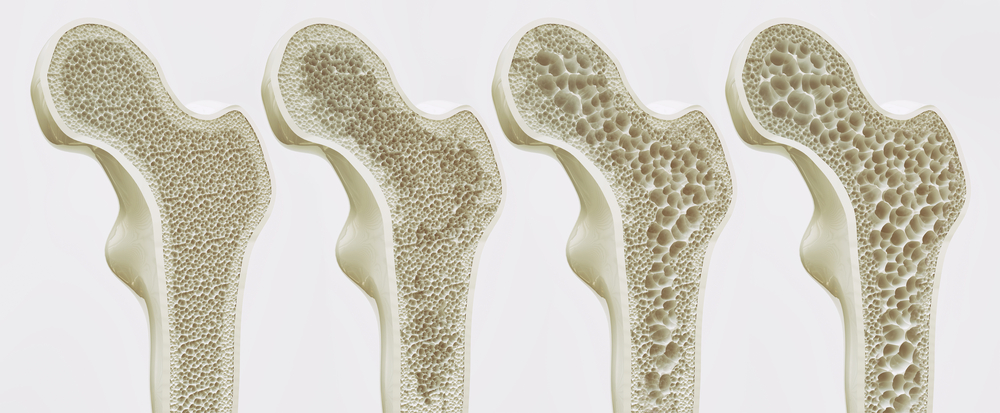Telerehabilitation is a subset of telemedicine that connects patients and rehabilitation providers remotely. Pulmonary rehabilitation, exercise rehabilitation, yoga, stroke rehabilitation, and dance are some of the numerous different types of telerehabilitation.
The COVID-19 pandemic and the convenience of telerehabilitation have resulted in an increase in use in the past few years. Telerehabilitation is a less expensive alternative to in-person rehabilitation. It can provide services to people living in remote communities or with disabilities that prevent participation in clinical settings.
Telerehabilitation makes use of various modalities such as videoconferencing, telephone, virtual reality, and mobile applications. The sessions may be synchronous, where the patient and provider interact in real-time, or asynchronous, where the patient completes exercises independently and reports to the provider afterward.
Many studies have shown telerehabilitation to be safe. However, technological issues including audio/webcam difficulties and an unstable internet connection can cause sessions to be rescheduled or even cancelled. In addition, some exercises may not be able to be performed at patients’ homes. This is due to a lack of specialized exercise equipment that is only available when attending in-person sessions.
The Boom Health app allows users to book registered nurses, personal support workers, and personal care services, schedule transportation, order prepared meals, rent or purchase medical equipment, and get emergency assistance. Download the app from the App Store or Google Play Store.
This article is not intended to be a substitute for professional medical advice or diagnosis. Always seek the advice of your physician or another qualified health provider with any questions you may have regarding a medical condition.





